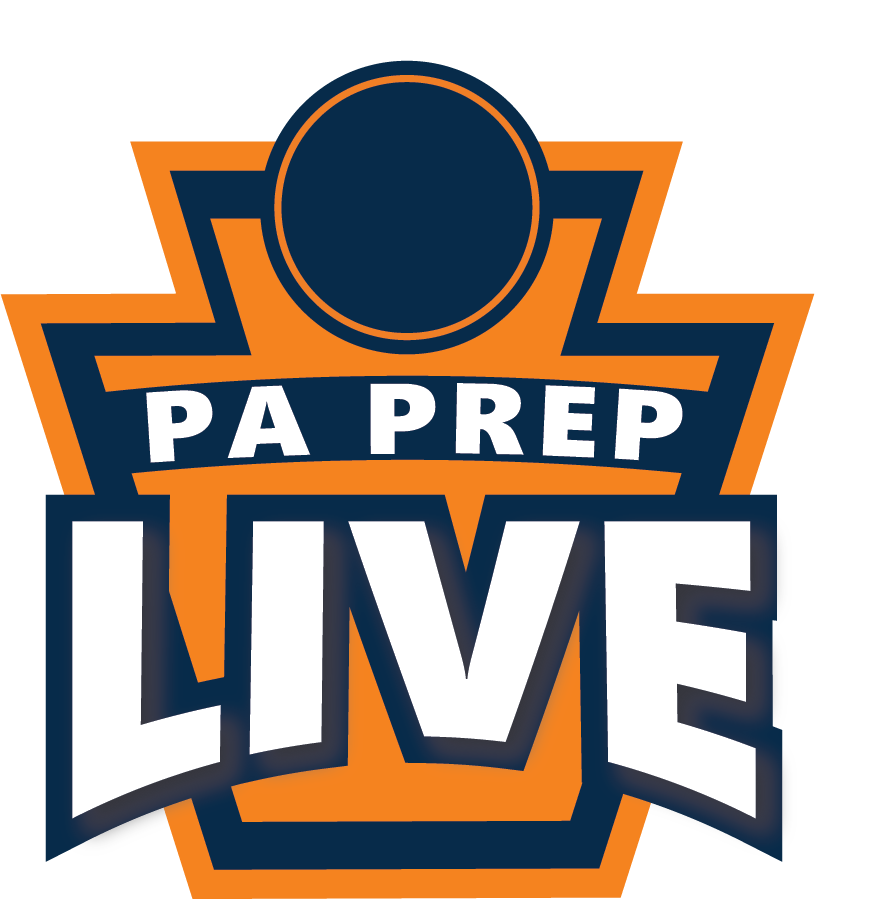
Soccer notebook: Doumbouya blending in at Academy Park
SHARON HILL >> Lansana Doumbouya remembers clearly the day in April that he came to the United States.
Equally vivid for the Academy Park sophomore is the visit he got the following day from his cousin and Knights teammate, Samika Kromah. It was a simple request, but the most welcomed question Doumbouya could hear in this unfamiliar place.
“The first day I came here, Samika went to my house and asked me if I could play soccer,” Doumbouya recalls. “I said, ‘yes, I’d love to play soccer.’”
Doumbouya, the most recent addition to the multicultural ranks of the Academy Park soccer program, is just one of the contingent acclimating to a new home with a sizeable helping hand from the beautiful game.
Doumbouya’s tale is certainly unique, though echoes of his journey resonate with his peers. He was born in Conakry, the capital of Guinea in West Africa. At age 11, he moved with family members to Kambia, a growing city in the north of Sierra Leone. Last year, in a region beset by the chaos of the Ebola scare, Doumbouya, his mother and sister moved in with an uncle in Senegal, their ultimate aim rejoining their father, who came to the United States a decade ago.
Through his travels, Doumbouya has had soccer as a common accompaniment. His mother used to buy him jerseys of Didier Drogba, the Ivory Coast (and now MLS) forward who was a paragon for the renaissance of African soccer in the region. Doumbouya — a fleet-footed midfielder whose game bears little resemblance to the hulking Ivorian legend and who prefers to emulate the Arsenal and Germany passing maestro Mesut Ozil — was so often decked out in his Drogba regalia that his friends back in Guinea always called him that.

In the States, Doumbouya has had the opportunity to mesh with players of immensely diverse backgrounds. Coach Dan Schultz counts over a half-dozen nations — Ivory Coast, Cameroon, Nigeria, Guinea, Sierra Leone, Myanmar, Ghana — from which his players hail.
The sum is a remarkable symphony of different soccer styles meshing together and helping all the individual artists grow into new surroundings. The language of this assimilation is fluency in the global game.
“This is an opportunity to be more connected with him through soccer,” Kromah said of Doumbouya. “Him being here just helped us out more as a team. On the field, we can actually talk in our own language to help get the ball around faster.”
The language issue illustrates a unique competitive advantage. Many of the players hailing from West Africa primarily speak French in their homes. Doumbouya learned English in school in Sierra Leone, while Kromah, who arrived in the U.S. with older brother and former Knight, Abraham, and his family in 2010 from Guinea, also learned English early on. While they’re both fluent, the rapidity and reactiveness of the soccer field lends itself to a more reflexive mode of communication.
This year, Kromah and Doumbouya have an additional language in the lexicon: Mandinka, one of a cornucopia of regional languages spoken primarily in Guinea and parts of Sierra Leone.
“It’s a big advantage because I can just tell him when we have a throw-in, I can just tell him to get behind someone and the other team wouldn’t even know,” Kromah said. “I could tell him to put it down the line and he can do it and no one would know.”
From the outside, fusing these diverse cultures and backgrounds into a coherent whole may seem like a challenge. But when the instrument of connection, soccer, is the same as the objective, the task becomes easier.
So many of the players trace their soccer roots not to organized leagues or the rigid structure of the youth/scholastic ranks that we are accustomed to in the United States. To them, a soccer ball is an omnipresent activity, the default avenue of leisure.
Doumbouya, like untold legions of boys and girls across the developing world, would love to make a career of soccer. He loves watching the Barclays Premier League and dreams of playing for Everton.
This season, his acclimation to Academy Park has resulted in eight goals and three assists for the Knights, who sit third in the five-team Del Val League with a 6-6-1 overall record.
But the players on the team seem to be getting more out of the experience than just stats or entries in the win column.
“The stuff we do before the game, (our motto is) ‘team together,’” Kromah said. “That’s it basically. And the coach helps us get to know each other and stuff.”
“Here, it’s not easy, but I’ve got friends, my teammates, they’re very good,” Doumbouya said. “That’s why I’m very happy to be here.”
• • •
We’re entering the final week of the PIAA soccer regular season. That means that the Catholic League playoffs will begin this week, while District One teams will have these final days to bolster their postseason resume. The District One fields will be set next Sunday morning at the seeding meetings, and play is slated to begin next Tuesday.
To contact Matthew De George, email mdegeorge@delcotimes.com. Follow him on Twitter @sportsdoctormd.

